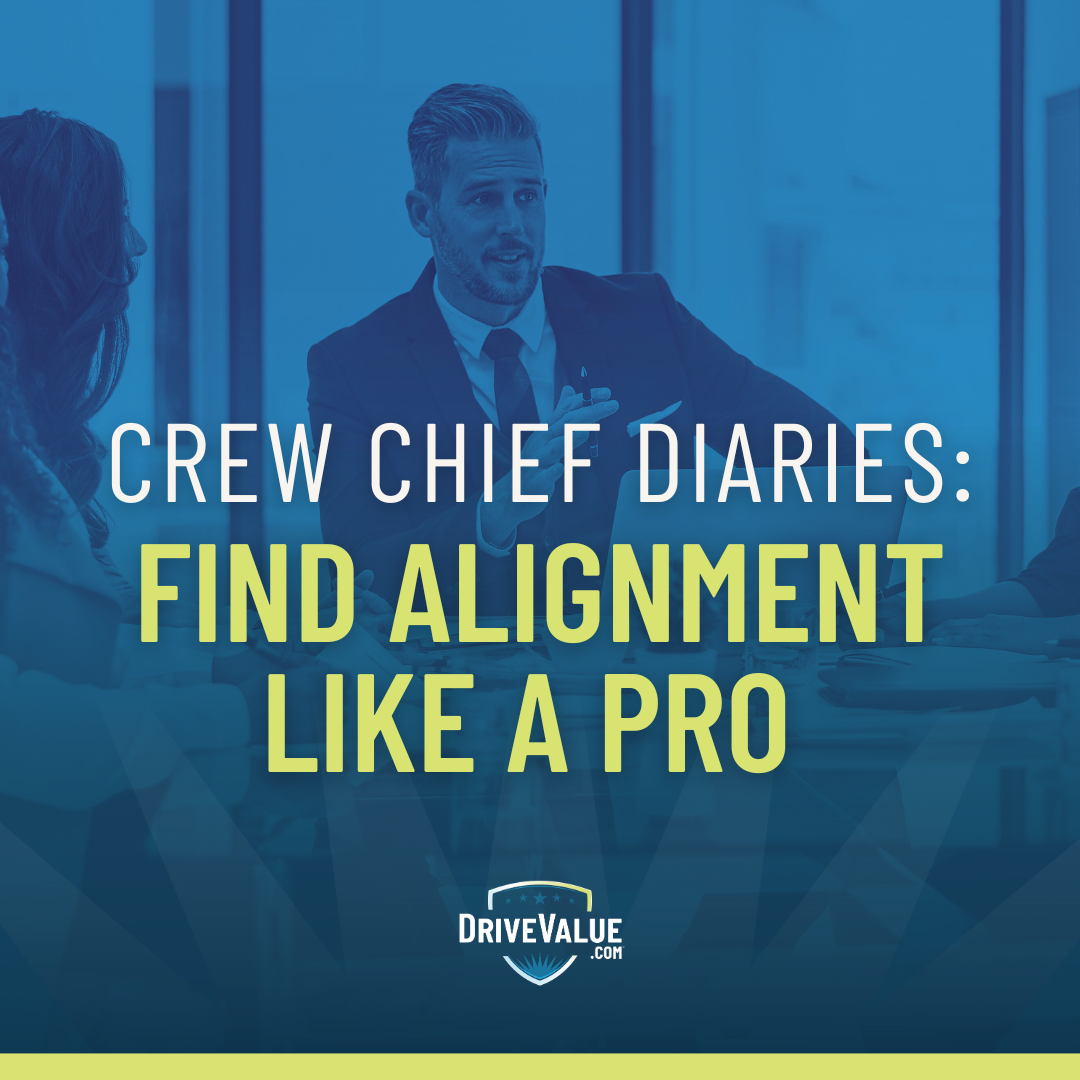Share this
Chief Diaries: Find Alignment Like a Pro
by Exit Planning Institute on April 16, 2025

For Travis Mack, alignment isn’t just something to do with your wheels. As Crew Chief for John Hunter Nemechek’s Legacy Motor Club NASCAR team, he knows that leading a team is an intricate process.
With extensive preparation required before the green flag drops on race day, he understands that a unified vision is essential for his team of experts. Without a shared focus on the car being built, the race strategy being developed, and the decisions made by the pit crew, there may be a misalignment in achieving the overall goals, both for that specific race and for the entire season.
If you’re a business owner, all of that might seem familiar. While you need to know about every aspect of your operation, building a team of experts and allowing them to utilize their expertise is key to improving the business far beyond what you can do on your own. And that takes alignment upfront so your team, whether your internal team or your external exit planning team—can drive value.
So, what might you learn about alignment from a crew chief who lives it daily? Check out Travis Mack’s Crew Chief Diaries—and business takeaways—to see how a pro strives for alignment.
Monday: Conducting the Orchestra Crew
Mondays are all about reflection and communication. The day after race day isn’t about rest: it’s about finding ways to improve even if we exceeded our expectations.
I lead a team of three engineers, seven mechanics, a car chief, two truck drivers, a pit crew of six people, and other associated groups. There are spotters, assistants, and the business side of racing.
Oh yeah—and then there’s the driver, too.
My job is to orchestrate everybody. I’m in all the meetings, so even though I didn’t graduate with an engineering degree, I talk combustion and physics with them.
My job is also to be a realist. Sometimes, the engineering team will design a part on a computer, and the math makes sense. But as someone who first worked on cars as a hobby and then worked my way up as a mechanic, I know that sometimes engineering works differently in practice. Instead of getting those teams together—and letting groupthink take over—I’m the orchestrator.
Business Takeaway: Exit planning and business strategy require a team of advisors. However, one of the biggest complaints of owners is that they don’t work as a team. While you should have an accountant, attorney, financial advisor, and a growth coach on your staff, they need a crew chief to get everyone on the same page. That crew chief is a Certified Exit Planning Advisor or CEPA®.
Thursday: Incremental Change
By Thursday, John Hunter Nemechek is back with the team at our next race location. The life of a driver is hectic, like any other team member. During the NASCAR season, he might get 24 or 48 hours to fly back to be with family or participate in a marketing event. Then, he’s back with our team.
Mid-week, we get any bits of time together we can. We talk about what worked and didn’t with the way the car felt last race and what we expect from the track and our car this weekend. We also keep an eye on the overall standings because they tell us how much risk to take in different sections of the race to gain points. In many ways, we begin with the end—the final cup standings—in mind.
The NASCAR season is super long, and it’s up and down. So, while I’m working with John on the weekend’s race, I’m also working with engineering on setups for 4-5 weeks out.
It sounds like a lot of talking, but more than anything, it’s a lot of listening. In my first crew chief job, I went in with the mentality that I would work a ton on the car and make it the strongest it could be. I was more hands-on than I should have been as a leader, and communication with the driver and engineers was lacking. Being strategic rather than tactical requires you to be a servant—listening and ensuring everyone has what they need. Plus, listening to your team communicates that you’re open to ideas and suggestions. That gets your team to buy in.
Business Takeaway: While you may have started your business because you were really good at one aspect of it, driving value requires you to take a broader view. A CEPA can help you decentralize yourself from your business and enable your people and teams to multiply your business’s value—and build a more attractive business to potential buyers.
Sunday: It's Go Time
Race day starts at 6 a.m. I’ll do a workout with our pit crew, who are almost always jetlagged. Then, blood pumping, I’ll check in on the road crew, who are putting the finishing touches on the car. Then, we’ll make sure I’m aligned with the spotter and driver.
We go into a race considering three stages. Of course, we have a strategy if things go perfectly, but they never do. So, we have several plans per stage. We’ve looked at every scenario. We’ve done our homework. Still, there will be mistakes or something outside of your control that doesn’t go your way. Knowing your options and how to choose the best one is key.
Once the car is on the grid, we can’t touch it. All we can do is rely on the planning and preparation we’ve completed, making strategic decisions based on the best information available.
Business Takeaway: You may not have a choice of when to exit your business. Death, disability, divorce, disagreement, and distress—the 5Ds—are all reasons why your exit may come sooner than you want. Plus, the market may be advantageous, or a potential buyer may come along unexpectedly. Harvesting wealth from your business means being ready at any point. A CEPA can help you drive value throughout your journey so you can finish strong, no matter what life throws at you.
Interested in learning more about Value Acceleration? Visit Amazon to buy a copy of Walking To Destiny: 11 Actions An Owner Must Take To Rapidly Grow Value & Unlock Wealth by Christopher Snider.
Related Resources






No Comments Yet
Let us know what you think